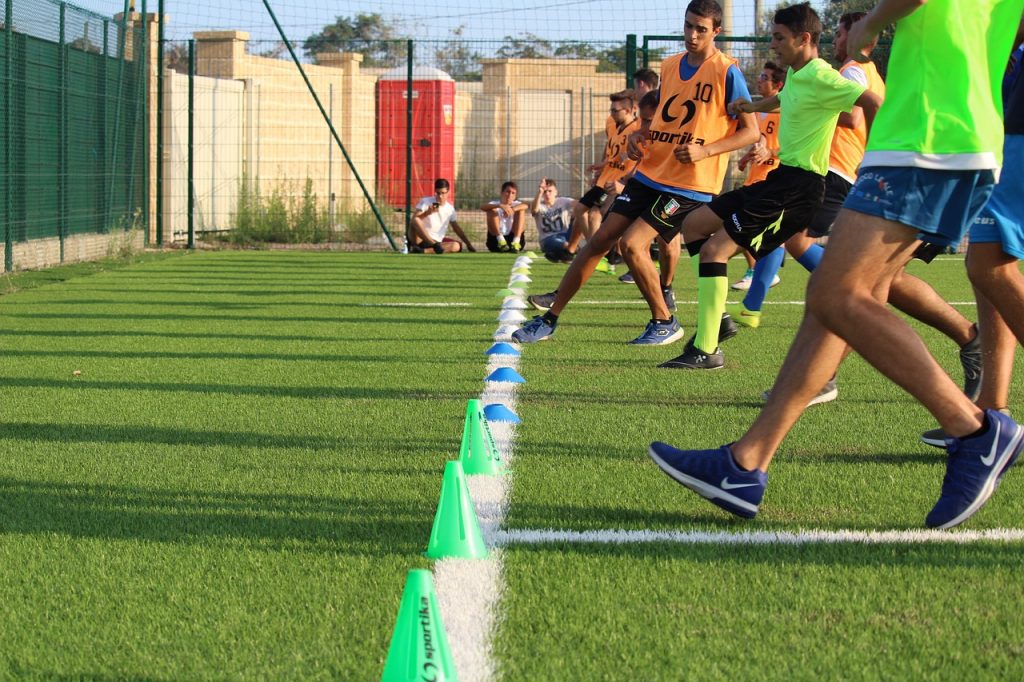Exercise Right Week is an awareness campaign that is brought to you by Exercise & Sport Science Australia (ESSA) annually. This year it will run from 25th – 31st May with the theme of “Movement is Medicine”. The aim is to highlight how powerful exercise, physical activity and movement are for your health, irrespective of age, weight, background or health status.
Over five days our resident Accredited Exercise Physiologist (AEP) Scott Howard will take you through five ways to Exercise Right!
Let’s learn about our ABCs – Agility, Balance and Coordination
Whilst agility, balance and coordination are their own skill-related components of physical fitness, one does not exist without the other. Being agile requires dynamic balance to maintain your centre of gravity over your base of support and coordination to control your body whilst trying to change direction. For an active 20-year-old this could overall be the motion of taking an intercept off a pass in netball whereas for a 60-year-old diabetic this could be changing direction to avoid a collision with someone who has suddenly come around the corner at the shops.
To best understand people’s limits and how to put together a specific agility, balance and coordination program, various testing methods are utilised by exercise physiologists. A common test for the 20-year-old is a 5-0-5 agility test, which a National level netballer should be able to complete in 2.5 seconds. A common test for the 60-year-old diabetic is the timed up and go test, which should be completed in less than 8 seconds. Knowing where each individual sits within these tests, gives us great information on how difficult an exercise or drill should be when designing your exercise program, and gives a baseline to reassess your level of improvement.
Agility, balance and coordination are important skills to master if you want to reduce your risk of injury and enhance your performance in sports such as netball, soccer, rugby league and touch football. This is evident in Netball Australia’s KNEE Program (which Scott is qualified to deliver), where emphasis is placed on agility and balance in 50% of the exercises. Further, the FIFA 11+ program designed for soccer players, incorporates agility, balance and coordination across all three phases of the program.
Diabetics with long term high blood sugars are at risk of a serious health complication known as Peripheral Neuropathy, or irreversible damage to the nerves of the lower leg. Cancer survivors may also experience peripheral neuropathy as a complication of chemotherapy treatment. This nerve damage causes a reduction in sensation, leading to decreased balance and coordination, and a higher risk of falls. Dynamic balance training has been found to improve change of direction ability and reaction time, and therefore reducing this falls risk. This will overall improve confidence and possibly become less reliant on walking aids.
If you think that agility, balance or coordination is missing from your exercise regime or would like to know more on how to improve it please contact our office on (02) 4314 5183 or online via www.physioconnex.com.au/online-booking/ to book an appointment with our Accredited Exercise Physiologist.
Keep an eye out tomorrow for the fifth and final installment in our Five Days Five Ways to Exercise Right blog series. If you missed yesterday’s blog on muscular endurance click here.

